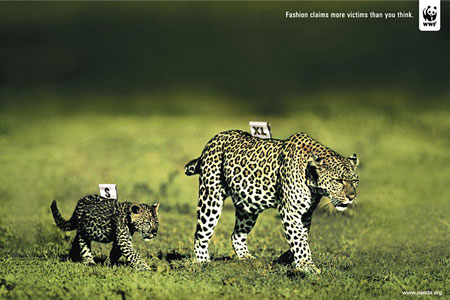Sustainable clothes and eco-friendly fabrics are the buzzwords of today fashion, as everyone is trying their best to live a greener life. This is why every diligence is shifting to environmentally friendly processes and makes sustainable products. We can no longer afford to live without thinking about what consequences our actions are having on the environment. Sooner or later these consequences would get back to us in unthinkable ways. The following advertisement show exactly how many innocent and important lives our everyday fashion claims.
The moving advertisement by WWF about the environment
This is a remarkably hard-hitting print advertisement launched by World Wildlife Fund last year and was held winner at the Concerned Communicator Award. The Concerned Communicator Award is one of the most reputed social advertising awards in India. This year it invites ad professionals to come up with print ads to participate in the contest. They can submit their entries until 31st July, 2007. The winner shall be awarded US$ 10,000 and a trophy and certificate.
However, last year’s winner advertisement was actually a master piece that shows a young leopard carrying a tag of XL and being followed a nascent leopard carrying the tag of ‘S’ denoting size of apparels. The text of the ad reads, which is equally powerful, ‘Fashion claims more victims than you think’. The advertisement was created by Ogilvy & Mather, Mumbai, India.
Information regarding the contest and submission of entries can be found here.
Via: Hout Lust
We have more choices in Eco-friendly fabrics than we think

Any stupid person who knows nothing about the alternatives might say that hurting the environment is inevitable if we want to be fashionable. That’s completely false. You can not only be fashionable without hurting the environment, you can also save money while doing so. It is true that eco-friendly fabrics might cost you more than the normal, but that’s not true for all types of fabrics, you need to check all the options before coming to any conclusion.
10 Weirdest Eco-Friendly Fabrics out there
Fashion industry is no step back in that case as the designers make an effort to go green in every possible way. The very familiar eco-friendly fabrics that they use to make their trendy green clothes are organic cotton, hemp, bamboo etc. But now there are fabrics made of chicken feathers, used fishing nets, milk, cigarette butts and many other such weird materials. We have incorporated below, 10 such fashion fabrics which are more eco-friendly and more sustainable.
1. Chicken feather fabric

Around five million tonnes of chicken feather gather in the waste stream every year. But scientists from U.S., Australia and Canada have found out a way in which these waste feathers could be transformed into fabrics resembling wool, linen or cotton. The keratin in chicken feathers can be transformed to sustainable fibres with a little aid of nano-particles. The fabric so produced will be light weight and bouncy. This invention of cloth material from farming cast offs would help limit the usage of synthetic fibres like polyester.
2. Barkcloth
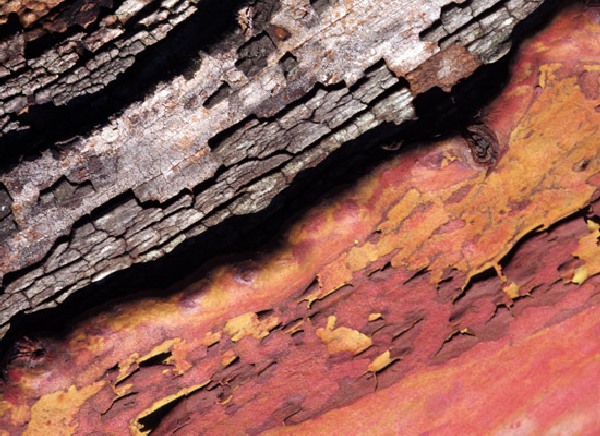
UNESCO recognised the fabric known as barkcloth which is now the Masterpiece of the Oral and Intangible Heritage of Humanity. âBarkclothâ as the name suggests is a fabric that is made out of the bark of the Mutaba (Ficus natalensis) trees in Uganda, Africa. Only the bark of the tree is stripped and then poked with a sharp tool. It is then cooked to form fibres. Barkcloth resembles leather in its durability but do not require a chemical-intensive tanning like leather.
3. Seacell
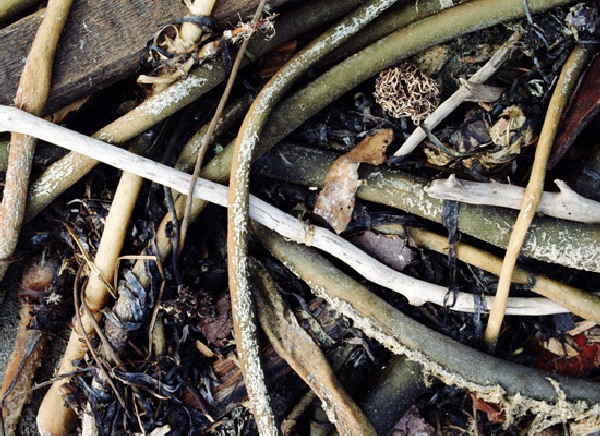
The healthy textile fiber called seacell comprises of natural cellulose-based Lyocell and the health promoting seaweed. The clothes made of seacell guarantees to enhance the overall health of the wearer as the skin absorbs nutrients from the seaweed contained in the fabric that is rich in minerals and vitamins.
4. Soy fabric
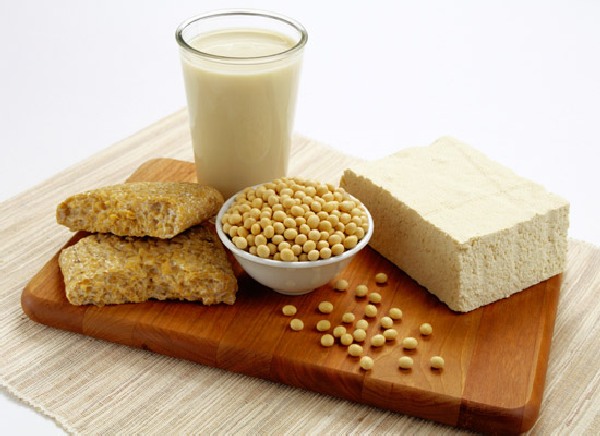
The cloth made from the by-products of tofu, soy oil and soymilk is soft, light and warm. The manufacturing process involves the extrusion of the proteins of the by products into fibre. It is then spun and used like other fibres. No chemical treatment is required for growing soybeans, which is used to make tofu, soy milk and soy oil. It is a renewable resource that produces a soft fabric which is also a natural antibacterial.
5. Banana fabric
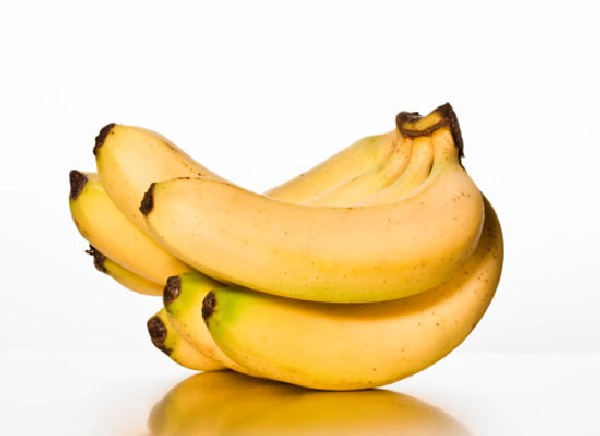
The fabric made from banana fiber was once widely used in making garments. It is again becoming popular in fashion industry and is being used by many designers for creating trendy clothes. The raw material to make this lustrous fabric comes from the stem which is left behind in the garden after harvesting banana. This shoot is processed to pliable fiber. The fabric so obtained after this laborious handlooming is shiny and lightweight that is suitable for making sarees and kimonos.
6. S.Cafe’s fabric
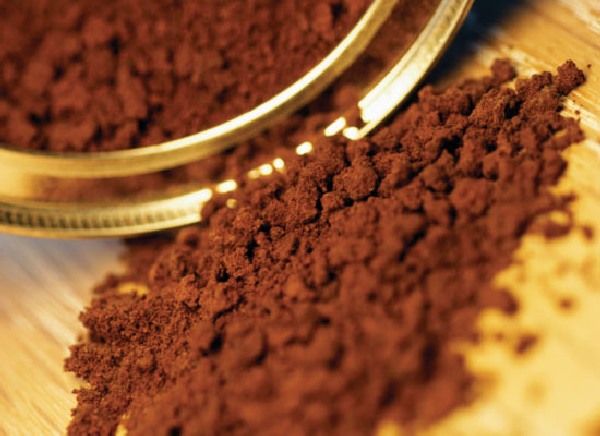
Taiwan based eco-fashion company, Singtex, has manufactured a yarn out of coffee grounds that might have ended up in landfills. The so called S.Cafe yarn can be knitted and woven in different styles to make various clothes. This fabric protects from UV, odour and moisture.
7. Cigarette butts fabric
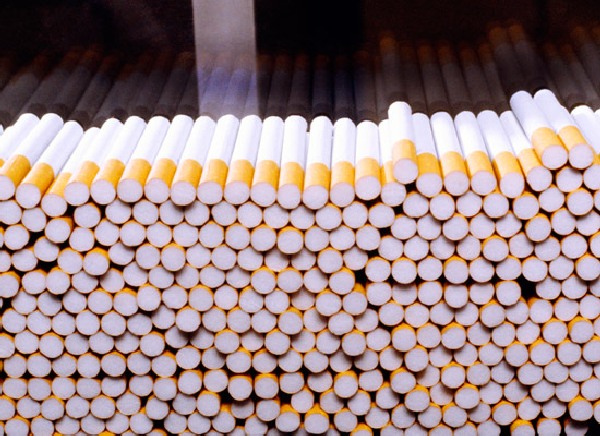
Cigarette is proven to be cancerous but the cigarette stubs can be used to make a textile fabric. Alexandra Guerreromade of chile sterilized the discarded cigarette butts which were then shredded into wool like fabric. She then mixed it with wool and then spun into yarn, which can be then knit into a variety of garments.
8. Reused fish-net fabric
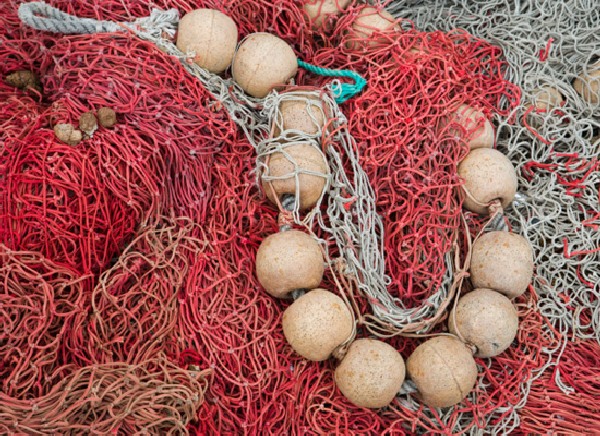
Manufacturing of nylon requires enough petroleum and the process contributes to green house gases as well. The fish nets are also made up of this material and the abandoned ones are thrown away into waste streams. This nylon can be re-used to create fashion clothing as done by Eco-Panda. The U.S. based company holding the exclusive rights to recycled nylon has debut the fashion stores with its eco-swimwear collection that implies the use of recycled nylon from fishnets.
9. Filo de latte
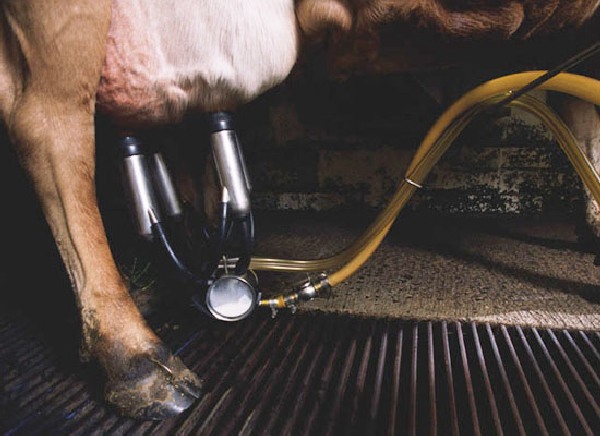
‘Filo de Latte’, which means thread of milk, is a textile fabric that resembles silk. Its prime ingredient is milk yarn. The basic process of manufacturing this yarn involves curdling of milk to separate the proteins. These are then concentrated into a thick and viscous solvent. It is then hardened to make out milk fibers. The milk fabric can be dyed in various colours and is luxuriously silky.
10. Stinging nettles

We can use stinging nettles to make eco-friendly fabric until cotton took over the textile industry. These are fast-growing plants that require absolutely no pesticides for its growth. The long fibers of nettles do not make use of the itch-causing leaves but only the stems. The sustainable fabric thus developed does not prickle your skin.
Summary
These are not all. There’s much more to eco-friendly fabrics than you actually think. It is a raging industry and if all of us start switching to it, we would certainly get better and more affordable options.


